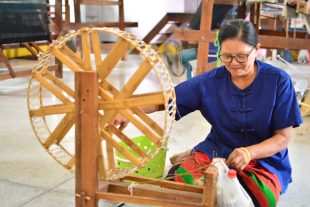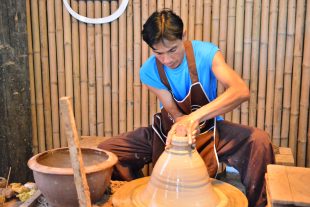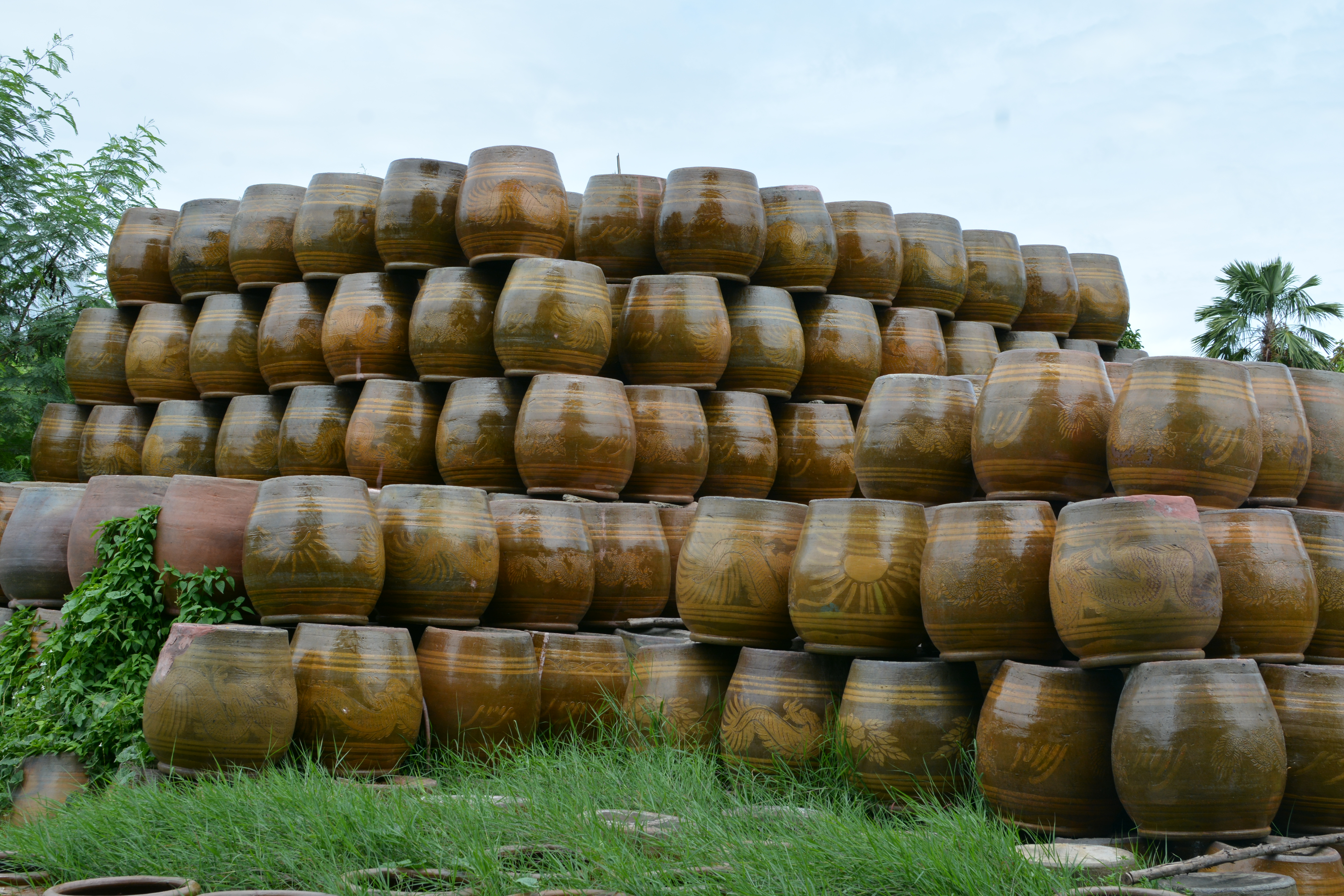
Developing Smart and Sustainable Communities toward Thailand 4.0
Currently, the Thai government aims to build a value-based economy under the “Thailand 4.0” policy. Sustainable growth and development without destroying the environment is one of the elements in this policy, which requires human wisdom, supported by innovation and technology.
The Government has also adopted His Majesty the late King Bhumibol Adulyadej’s Sufficiency Economy Philosophy in the application of the Thailand 4.0 economic model. Under this philosophy, sustainable development will be achieved through maintaining balances between economic, social, and environmental prosperity, and empowering local communities and grassroots economy.
In a move toward developing smart and sustainable communities, wealth distribution to all parts of the country will be emphasized, along with the promotion of creative, cultural, and high-value services. This development is based on the concept that when local communities grow, the country grows.
In this regard, the Government is giving a major boost to “secondary tourism destinations” by linking tourist attractions and activities in major cities with those in communities. Registered intangible cultural heritage items in various provinces are cited as examples of local wisdom that could be used to promote local tourism in secondary cities.
Each village and community in Thailand can offer something unique to visitors. Relevant agencies are seeking ways to promote the unique selling points of various communities so that they can generate employment and income for local people in a sustainable manner. They have also joined hands with local communities in arranging tourism activities and providing sufficient facilities to attract tourist arrivals in the secondary destinations. This will help spread economic benefits across local communities, thus contributing to a more equitable and well-balanced development process.
The secondary city campaign focuses on Thai lifestyles and is seen as a landmark project to promote less-visited destinations. The Ministry of Tourism and Sports, the Ministry of Culture, the Ministry of Interior, and other relevant agencies are working with 55 provinces to find out their unique identities and local wisdom. The objective is to use the strengths of the secondary destinations to connect with local tourism management, as a way to develop smart and sustainable communities.
The 55 provinces include Nakhon Si Thammarat, Udon Thani, Chiang Rai, Lop Buri, Phitsanulok, Suphan Buri, Ubon Ratchathani, Nakhon Nayok, Nong Khai, Sa Kaeo, Loei, Tak, Trat, Phetchabun, Chanthaburi, Mukdahan, Nakhon Sawan, Ratchaburi, Samut Songkhram, Buri Ram, Chaiyaphum, Phatthalung, Trang, Si Sa Ket, Prachin Buri, Satun, Chumphon, Sukhothai, Surin, Sakon Nakhon, Lamphun, Nakhon Phanom, Uttaradit, Ranong, Lampang, Roi Et, Mae Hong Son, Phichit, Phrae, Chai Nat, Nan, Ang Thong, Maha Sarakham, Kamphaeng Phet, Uthai Thani, Narathiwat, Yala, Phayao, Bueng Kan, Kalasin, Yasothon, Sing Buri, Nong Bua Lam Phu, Amnat Charoen, and Pattani.
By Orhan Nuri KULAHCIOGLU






